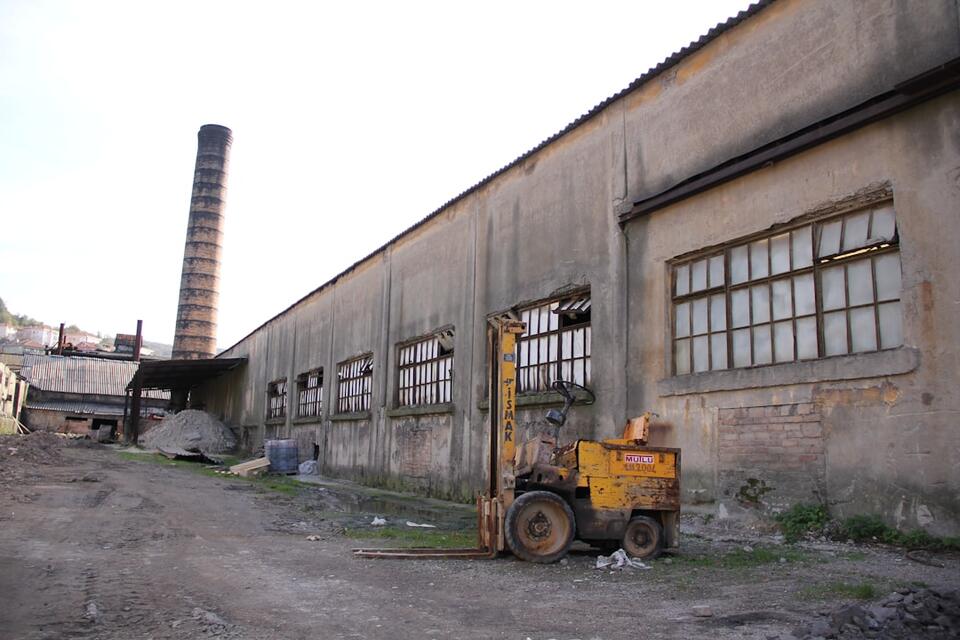A Legacy on the Brink (Image Credits: Unsplash)
Villefranche-sur-Saône, France – Amid the steady rhythm of production lines that have hummed for generations, a historic factory now faces an uncertain silence as Danone announces its closure.
A Legacy on the Brink
Imagine a place where the first spoonfuls of baby cereal were crafted over 140 years ago. That’s the story of the Blédina plant, a cornerstone of French family nutrition since 1881. Yet, in a move that shocks many, Danone revealed plans to shut it down by mid-2027.
This isn’t just any facility; it’s the heart behind beloved brands like Blédine and Phosphatine. The decision hits hard, especially with 117 dedicated workers suddenly staring at job loss. It’s a stark reminder of how even icons can fade in today’s fast-changing market.
Production here focused on infant cereals, a niche that’s seen better days. Declining birth rates across Europe play a big role, squeezing demand and forcing tough calls from giants like Danone.
Why Now? The Market Squeeze
Birth rates in France and beyond have dipped steadily, turning what was once a booming sector into a shrinking one. Families are having fewer kids, and that directly cuts into sales of baby foods. Danone, like many in the industry, feels the pinch.
Shifting consumer habits add to the pressure. More parents opt for diverse, on-the-go options or even homemade alternatives, leaving traditional cereals gathering dust on shelves. The plant’s output, once essential, now struggles to keep pace.
Danone’s strategy? Focus resources on growing areas like organic dairy or specialized nutrition. It’s a business pivot, but one that leaves local communities reeling.
The Human Cost: 117 Lives Disrupted
Behind the numbers are real people – skilled machinists, quality checkers, and packers who’ve built their lives around this site. Many have decades of service, passing stories of the factory’s heyday to their own families.
The closure timeline gives some breathing room, with operations winding down by July 2027. Danone promises support, including redeployment options and severance packages. Still, finding new work in a region already hit by industrial shifts won’t be easy.
Long-term employees facing retirement uncertaintiesYounger workers eyeing retraining in emerging fieldsUnion leaders pushing for better safeguardsFamilies bracing for economic ripple effectsLocal suppliers worried about lost contractsDanone’s Bigger Picture
The company isn’t walking away empty-handed from France. Investments continue in other plants, like the organic milk site in Steenvoorde, signaling a shift toward sustainable, high-demand products.
This closure fits a pattern of streamlining. Danone has trimmed operations before, balancing global growth with regional realities. Critics argue it prioritizes profits over heritage, but executives point to survival in a competitive landscape.
France remains Danone’s home turf, contributing hugely to its identity. The brand vows to keep innovating for French families, even as this chapter closes.
Community Echoes and Future Hopes
News of the shutdown sparked immediate outcry from Villefranche locals. Elected officials decry the loss of a landmark employer, while residents reminisce about Blédina’s role in their childhoods.
Social media buzzes with support for the workers, from petitions to calls for government intervention. Some suggest repurposing the site for modern food tech, turning a sad ending into a fresh start.
Though the factory’s fate seems sealed, it highlights broader challenges for Europe’s food industry. Adaptation is key, but at what cost to the people and places that built it?
FactorImpact on PlantDeclining Birth RatesReduced demand for infant productsConsumer ShiftsFewer traditional cereal buyersStrategic FocusResources redirected to growth areas
Key Takeaways
Blédina’s closure underscores the infant food market’s decline due to fewer births.117 jobs are at stake, with Danone offering transition support.The move allows investment in promising sectors like organics.
As this storied factory prepares to dim its lights, it prompts us to reflect on balancing progress with preservation. What steps can industries take to honor their roots while evolving? Share your thoughts in the comments below.


Dining and Cooking